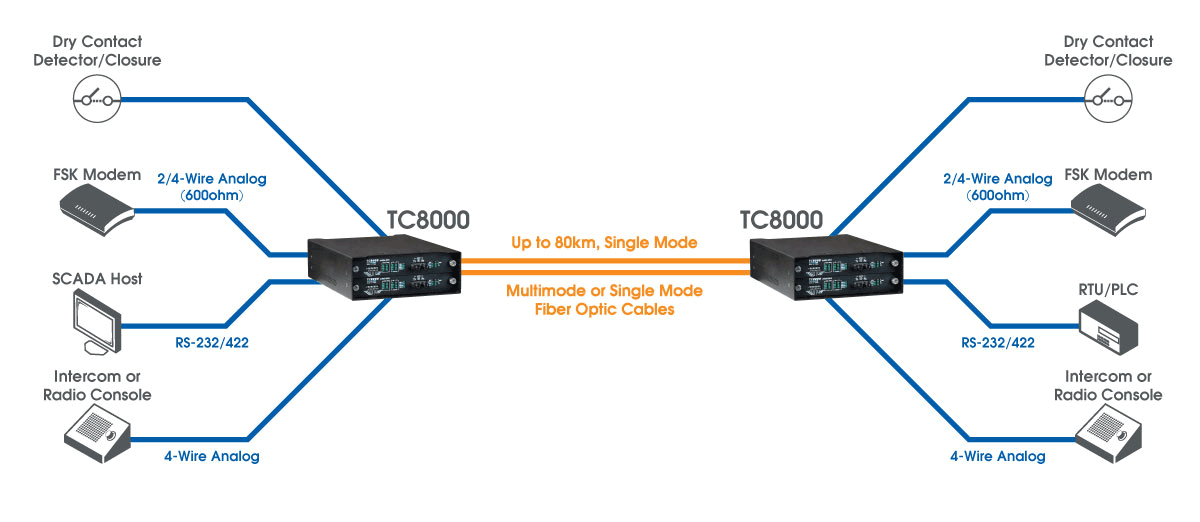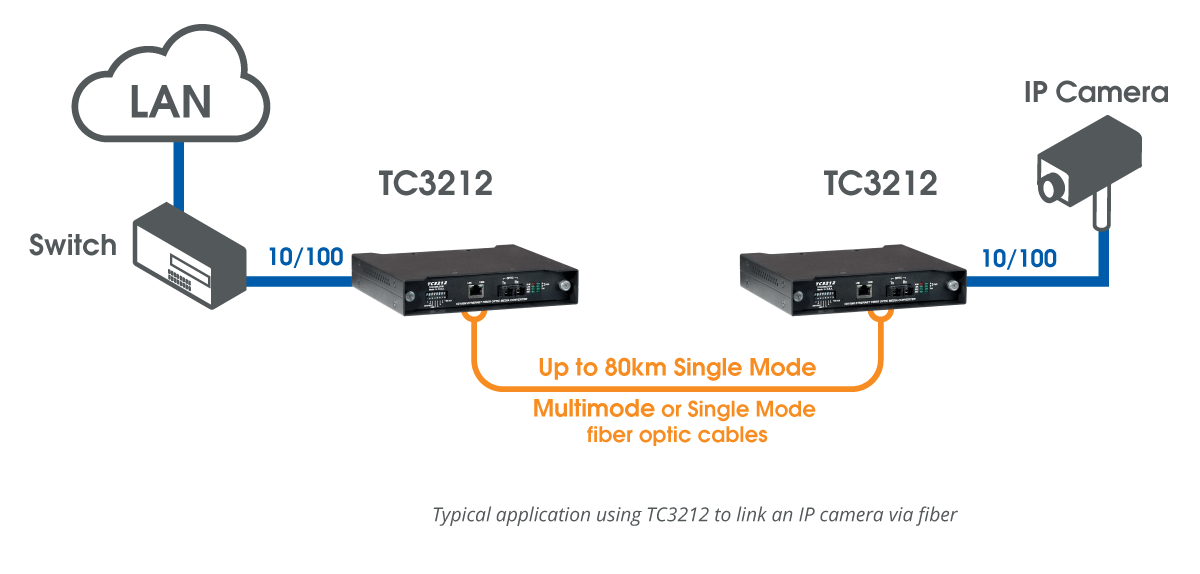
The earliest devices that satisfy the definition of a modem may be the multiplexers used by news wire services in the 1920s. Modems grew out of the need to connect teleprinters over ordinary phone lines instead of the more expensive leased lines which had previously been used for current loop–based teleprinters and automated telegraphs. This capability is often adaptive so that a modem can discover the maximum practical transmission rate during the connect phase, or during operation.Ĭollection of modems once used in Australia, including dial-up, DSL, and cable modems. Many modems are variable-rate, permitting them to be used over a medium with less than ideal characteristics, such as a telephone line that is of poor quality or is too long. By contrast, the original ITU V.22 standard, which could transmit and receive four distinct symbols (two bits per symbol), transmitted 1,200 bits by sending 600 symbols per second (600 baud) using phase-shift keying. For example, the ITU V.21 standard used audio frequency-shift keying with two possible frequencies, corresponding to two distinct symbols (or one bit per symbol), to carry 300 bits per second using 300 baud. The baud unit denotes symbols per second, or the number of times per second the modem sends a new signal. Historically, modems were often classified by their symbol rate, measured in baud. Modern broadband modem speeds are typically expressed in megabits per second (Mbit/s). Modems are frequently classified by the maximum amount of data they can send in a given unit of time, usually expressed in bits per second (symbol bit/s, sometimes abbreviated "bps") or rarely in bytes per second (symbol B/s). Today, modems are ubiquitous and largely invisible, included in almost every mobile computing device in one form or another, and generally capable of speeds on the order of tens or hundreds of megabytes per second. The move to cellular telephones, especially in the late 1990s and the emergence of smartphones in the 2000s led to the development of ever-faster radio-based systems. The rise of public use of the internet during the late 1990s led to demands for much higher performance, leading to the move away from audio-based systems to entirely new encodings on cable television lines and short-range signals in subcarriers on telephone lines. As device sophistication grew rapidly in the late 1990s, telephone-based modems quickly exhausted the available bandwidth, reaching the ultimate standard of 56 kbit/s. By the 1980s, less expensive 12 bit/s dialup modems were being released, and modems working on radio and other systems were available. By the 1970s, higher speeds of 12 bit/s for asynchronous dial connections, 4800 bit/s for synchronous leased line connections and 35 kbit/s for synchronous conditioned leased lines were available. These generally operated at 110 or 300 bits per second (bit/s), and the connection between devices was normally manual, using an attached telephone handset. Modems can be used with almost any means of transmitting analog signals, from light-emitting diodes to radio.Įarly modems were devices that used audible sounds suitable for transmission over traditional telephone systems and leased lines.

The goal is to produce a signal that can be transmitted easily and decoded reliably. A modem transmits data by modulating one or more carrier wave signals to encode digital information, while the receiver demodulates the signal to recreate the original digital information. Server 8-core 2.A modulator-demodulator or modem is a computer hardware device that converts data from a digital format into a format suitable for an analog transmission medium such as telephone or radio.

Server & Client Standalone Installation 4-core 2.5 GHz processor 8 GB memory (RAM) DirectX 10 graphics device (1 GB) Network card (1 GB) 50 GB hard disk space 15.6“ monitor (1366 × 768) Multi User InstallationĬlient 4-core 2.5 GHz processor 4 GB memory (RAM) DirectX 10 graphics device (1 GB) Network card (1 GB) 50 GB hard disk space 15.6“ monitor (1366 × 768)

Minimum System Requirements for BioPAT ® MFCS 4:


 0 kommentar(er)
0 kommentar(er)
